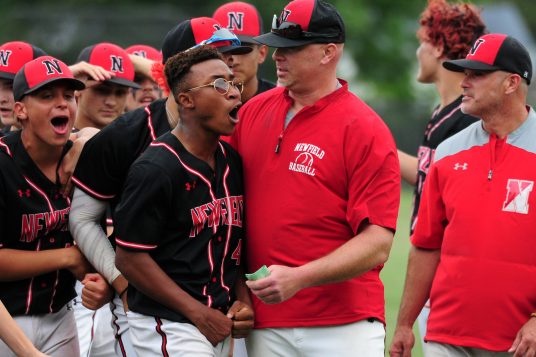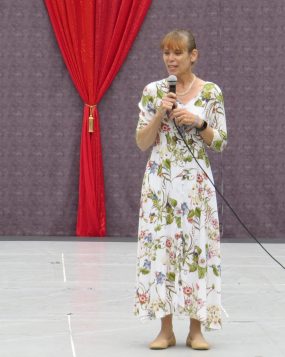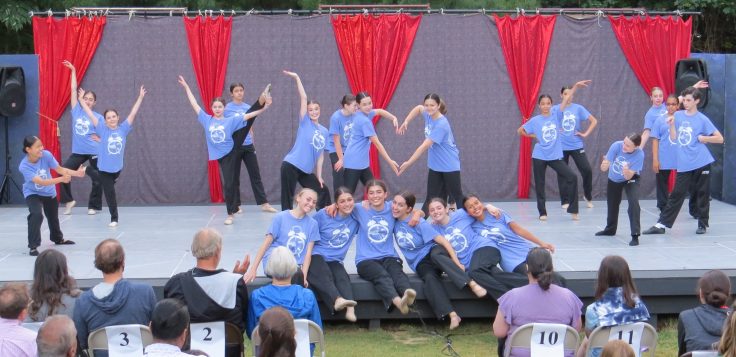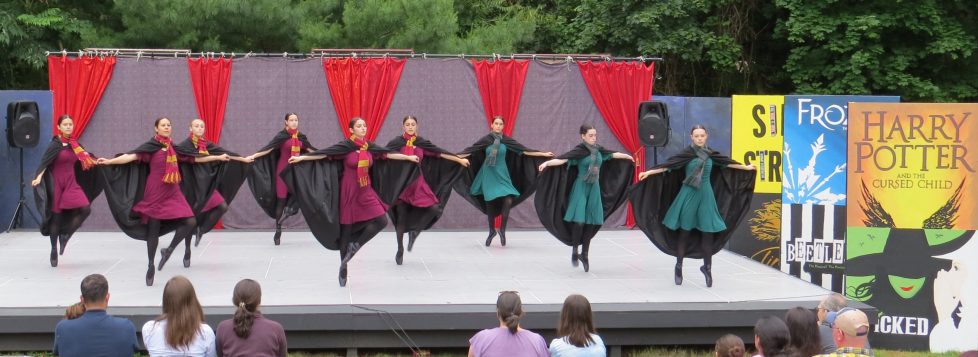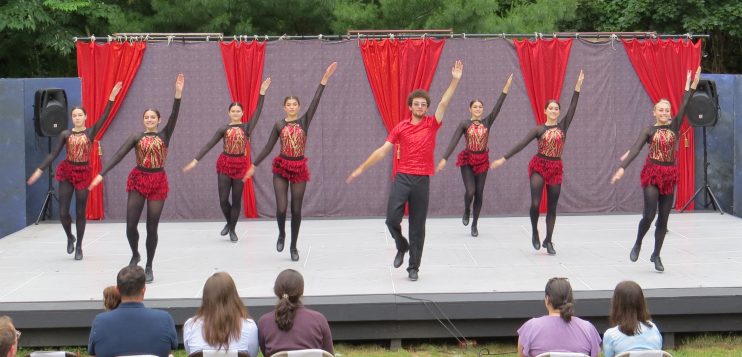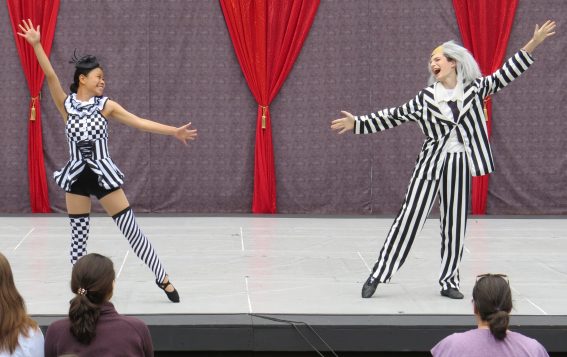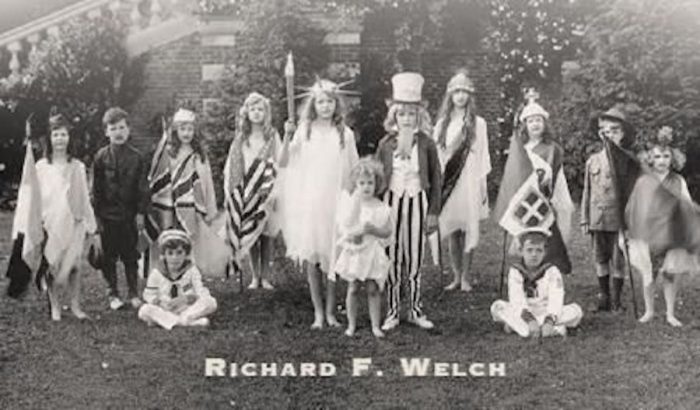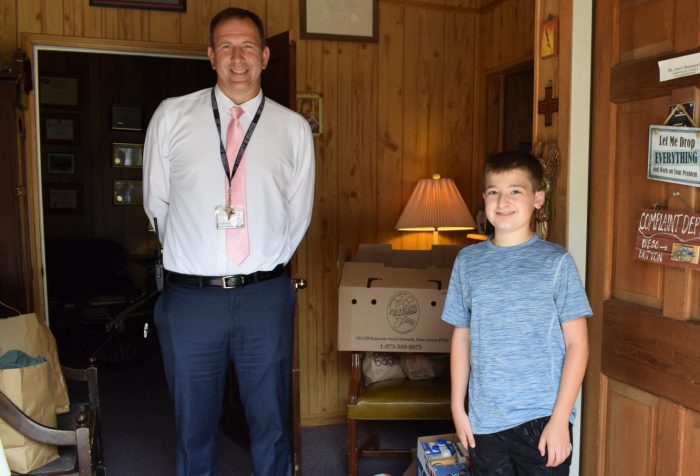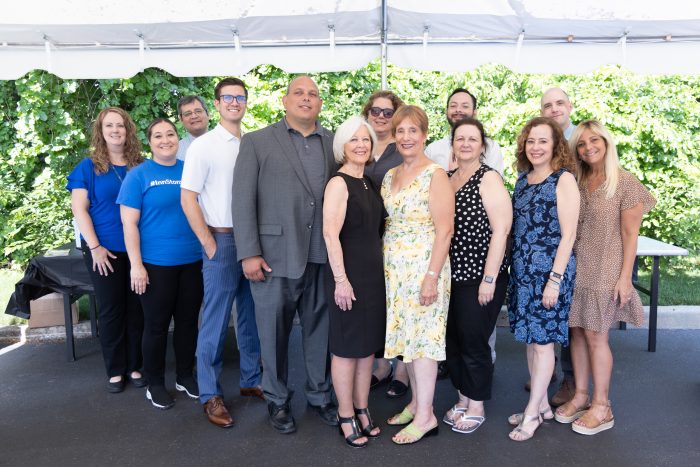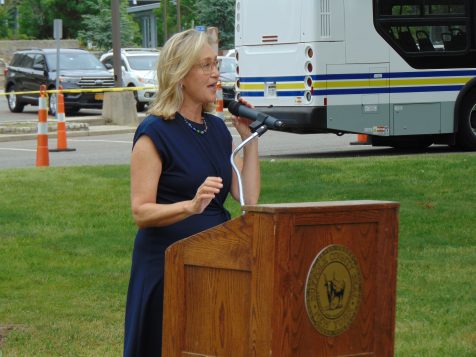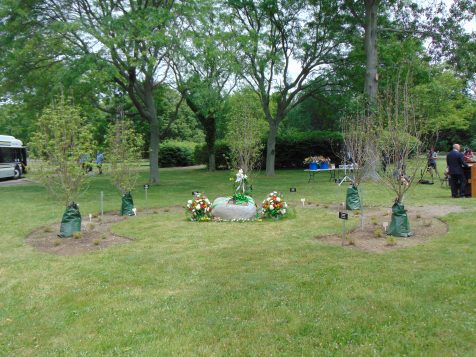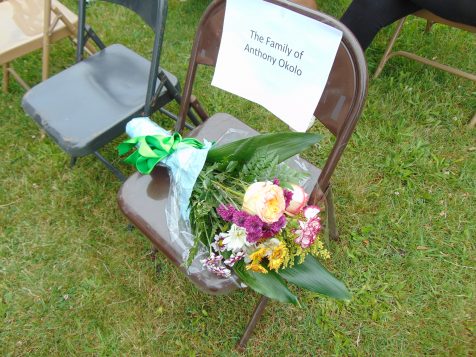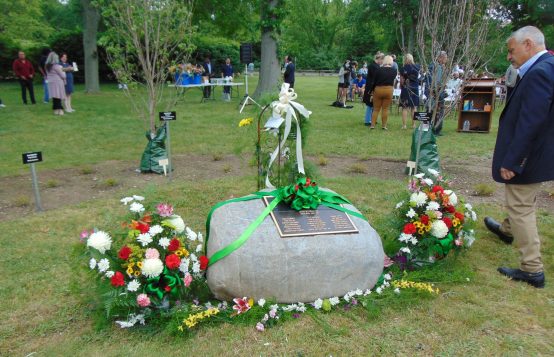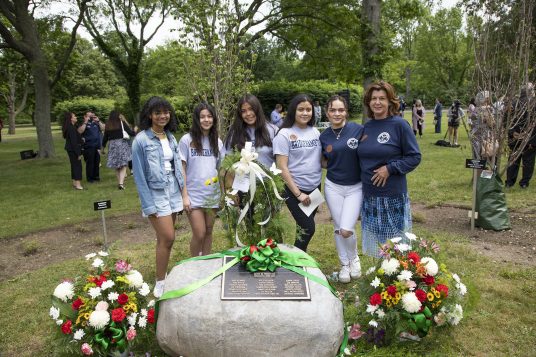1 of 33

Mt. Sinai freshman Kayli Carannante passes in the class C county final Jun. 16. Photo by Bill Landon

Newfield senior Chris Bartho lays down a bunt for the Wolverines in the Suffolk III championship game against West Islip Jun 18. Credit: Bill Landon

Newfield senior Chris Bartho heads to 3rd for the Wolverines in the Suffolk III championship game against West Islip Jun 18. Credit: Bill Landon

Newfield junior Dom D’Allessandro scoops up the infield grounder to make the play to 1st in the Suffolk III championship game against West Islip Jun 18. Bill Landon photo

Newfield junior Dom D’Allessandro awaits the throw to 2nd in the Suffolk III championship game against West Islip Jun 18. Bill Landon photo

Newfield junior Dom D’Allessandro “protects” 2nd base in the Suffolk III championship home game against West Islip Jun 18. Bill Landon photo
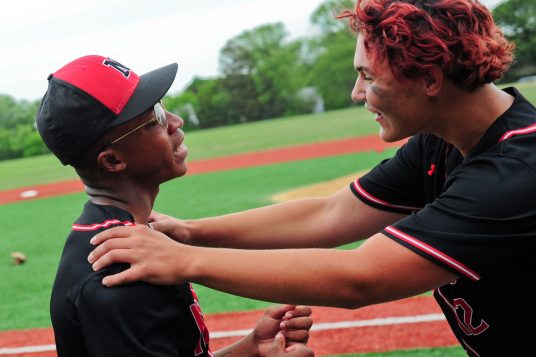
Newfield win the Suffolk III championship title in a 2-0 victory over West Islip Jun. 18. Bill Landon photo

Newfield senior Dylan Johnson rips the cover off the ball for the Wolverines in the Suffolk III championship game against West Islip Jun 18. Credit: Bill Landon

Newfield senior Dylan Johnson rips one deep for the Wolverines in the Suffolk III championship game against West Islip Jun 18. Credit: Bill Landon

Newfield senior Dylan Johnson fields a pickoff attempt for the Wolverines in the Suffolk III championship game against West Islip Jun 18. Credit: Bill Landon

Newfield junior Evan Rodriguez makes the play for the Wolverines in the Suffolk III championship home game against West Islip Jun 18. Bill Landon photo

Newfield junior Evan Rodriguez makes the play for the Wolverines in the Suffolk III championship home game against West Islip Jun 18. Bill Landon photo

Evan Rodriguez chops an infield grounder for Newfield in the Suffolk III championship game against West Islip Jun 18. Bill Landon photo

Newfield junior Evan Rodriguez makes the play for the Wolverines in the Suffolk III championship home game against West Islip Jun 18. Bill Landon photo

Newfield senior Josh Jacobs drills the game winning 2 run RBI to left in the bottom 6th to clinch the 1st ever Suffolk championship for the Wolverines June 18. Photo by Bill Landon

Newfield senior Josh Jacobs heads to 3rd after hitting the game winning 2 run RBI to left in the bottom 6th to clinch the 1st ever Suffolk championship for the Wolverines June 18. Photo by Bill Landon

Newfield senior Josh Jacobs slides home after hitting the game winning 2 run RBI to left in the bottom 6th to clinch the 1st ever Suffolk championship for the Wolverines June 18. Photo by Bill Landon

Newfield winning pitcher Kendal Kendrick fires from the mound for the Wolverines in the Suffolk III championship game against West Islip Jun 18. Photo by Bill Landon

Newfield winning pitcher Kendal Kendrick throws heat for the Wolverines in the Suffolk III championship game against West Islip Jun 18. Photo by Bill Landon

Newfield winning pitcher Kendal Kendrick throws a gem for the Wolverines in the Suffolk III championship game against West Islip Jun 18. Photo by Bill Landon

A Newfield outfield makes the play in the Suffolk III championship game against West Islip Jun 18. Bill Landon photo

Newfield conference on the mound in the Suffolk III championship home game against West Islip Jun 18. Bill Landon photo
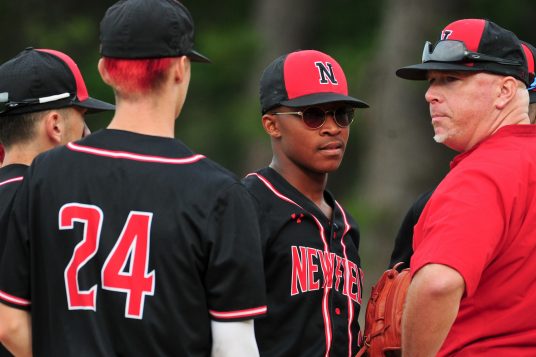
Newfield conference on the mound in the Suffolk III championship home game against West Islip Jun 18. Bill Landon photo

A Newfield runner slides safely into 2nd in the Suffolk III championship game against West Islip Jun 18. Credit: Bill Landon

Newfield win the Suffolk III championship title in a 2-0 victory over West Islip Jun. 18. Bill Landon photo
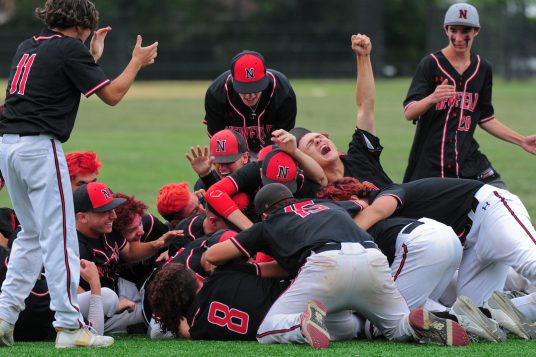
Newfield win the Suffolk III championship title in a 2-0 victory over West Islip Jun. 18. Bill Landon photo

Newfield win the Suffolk III championship title in a 2-0 victory over West Islip Jun. 18. Bill Landon photo

Newfield win the Suffolk III championship title in a 2-0 victory over West Islip Jun. 18. Bill Landon photo

Newfield senior Mike Medina at 3rd base for the Wolverines in the Suffolk III championship game against West Islip Jun 18. Bill Landon photo

Newfield senior Mike Medina takes a cut in the Suffolk III championship game against West Islip Jun 18. Bill Landon photo

Outfielder Shane Callahan tracks down the fly ball for the out in the Suffolk III championship game against West Islip Jun 18. Bill Landon photo
Although the bats were cracking with runners on base, it was a defensive showcase by both Newfield and West Islip who went scoreless though 5–½ innings in the Suffolk County Conference III title game June 18.
Newfield pitcher Kendal Kendrick was dominant from mound where the senior went the distance but it was Josh Jacob’s bat that decided the game in the bottom of the sixth inning when the junior ripped a shot to left field driving in two runs for the 2-0 lead.
Kendrick disposed of the last three West Islip batters in the top of the seventh to advance to the Long Island Championship game.
Photos by Bill Landon



